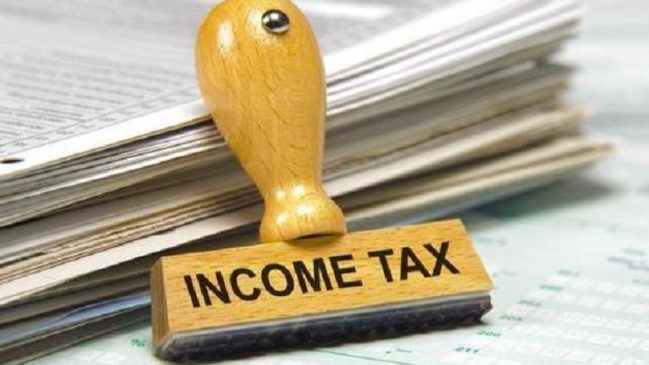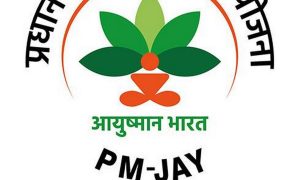The concept of advance tax serves as a financial checkpoint, ensuring that taxpayers proactively contribute based on their earnings throughout the fiscal year.
Read More: ITR filing: 63% of taxpayers stick to old tax regime, finds survey
This approach is integral for individuals and businesses to navigate their financial responsibilities adeptly and sidestep potential penalties.
According to the Economic Times report, advance tax is mandated for salaried individuals, freelancers, and businesses with a tax liability exceeding Rs. 10,000, post-TDS deductions, for the fiscal year. The calculation involves assessing income earned during the year, with payments staggered across designated due dates to facilitate a systematic financial approach.
Read More: What is Advance Tax? Why December 15 deadline is important for these taxpayers?
The report added that for those not covered under the presumptive taxation scheme, the advance tax schedule unfolds as follows: 15th June requires 15 per cent of the total tax liability, followed by 45 per cent on 15th September, 75 per cent on 15th December, and culminating in 100 per cent by 15th March.
The computation of advance tax involves estimating the total income for the financial year, subtracting deductions and exemptions to arrive at the taxable income. This taxable income is then subject to the applicable income tax slab rate for individuals or the corporate tax rate for businesses.
The report added that payment of advance tax can be executed through both online and offline channels. Online transactions can be conducted via the Income-tax Department e-payment portal or authorized bank facilities, while offline payments necessitate submitting the challan at designated bank branches.





































